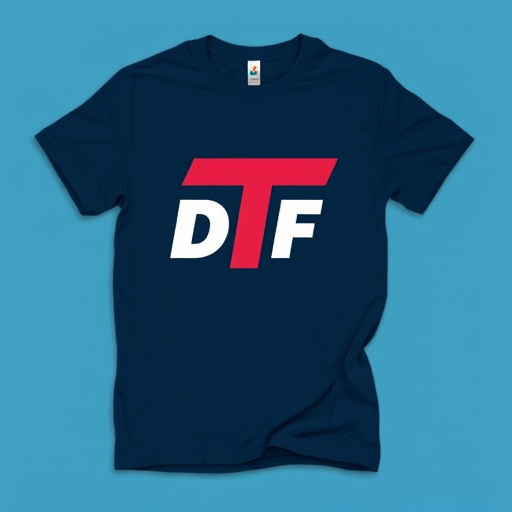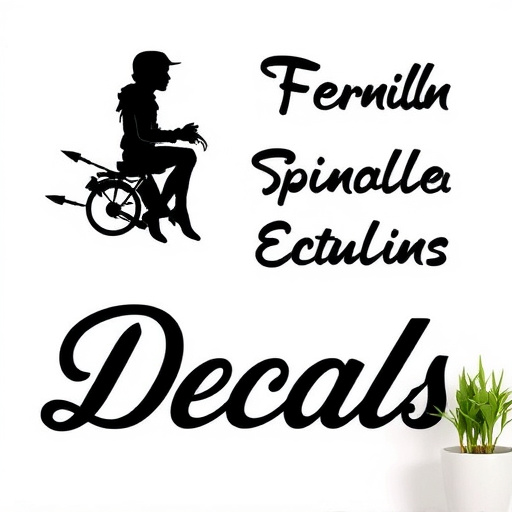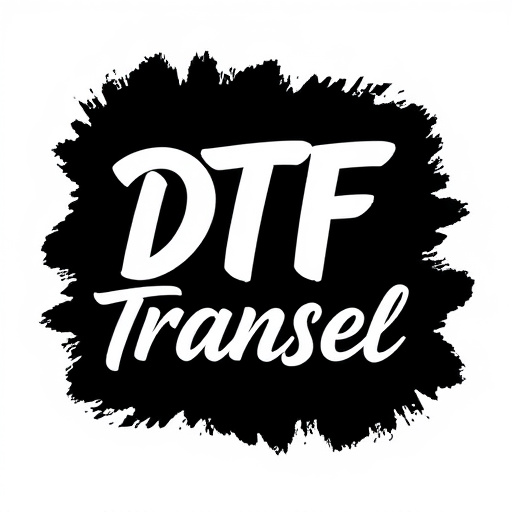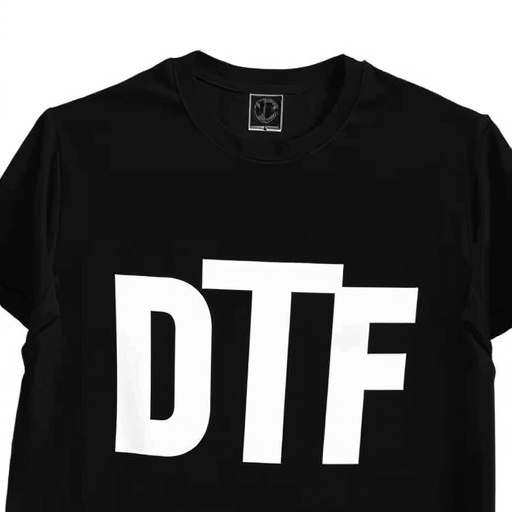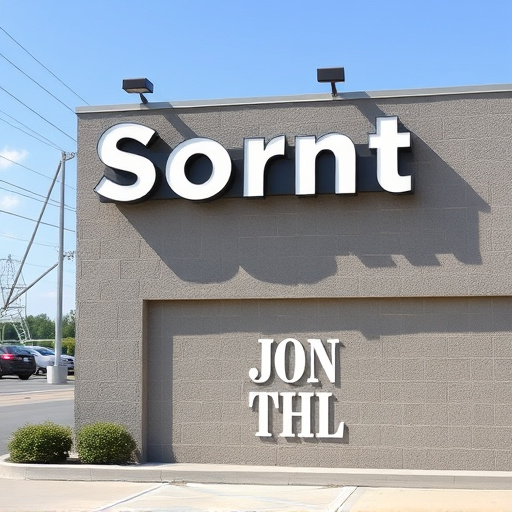Consumers in the digital age demand versatile and personalized flexible payment options, especially online. Businesses that offer diverse methods like installment plans or mobile wallets cater to varied preferences, boost customer satisfaction, and encourage loyalty, particularly in competitive e-commerce sectors. A well-designed checkout process with clear actions and secure financial data management fosters trust and encourages exploration of flexible payment choices, enhancing the overall user experience. Diverse flexible payment options are crucial for e-commerce success in today's digital era.
In today’s dynamic market, offering flexible payment options is vital for enhancing user experiences (UX) and driving sales. This article explores the critical role of UX in presenting adaptable payment solutions that cater to diverse consumer needs. We delve into understanding user preferences, designing intuitive checkout processes, and implementing secure gateways. By balancing convenience, security, and flexibility, businesses can create a seamless shopping journey, fostering customer satisfaction and loyalty.
- Understanding User Needs for Flexible Payments
- Designing an Intuitive and Seamless Checkout Process
- Implementing Secure and Varied Payment Gateways
Understanding User Needs for Flexible Payments

In today’s digital era, consumers are increasingly seeking flexible payment options that cater to their diverse needs and preferences. Understanding user behavior and preferences is crucial for businesses aiming to provide seamless experiences. Users often look for convenience, control, and customization when it comes to making purchases, especially online. This shift towards flexible payments can be attributed to the rise of e-commerce and the growing demand for personalized solutions. From one-time transactions to subscription-based models, consumers want options that align with their financial plans and lifestyles.
By gauging user needs, businesses can design interfaces and processes that offer a range of flexible payment methods, such as installment plans, split payments, or even unique options tailored to specific demographics. For instance, younger generations may prefer mobile wallet integrations or peer-to-peer transfer services, while others might appreciate the security of digital payment gateways with advanced authentication. Moreover, considering various financial constraints and preferences, businesses can enhance customer satisfaction and loyalty by providing a diverse array of flexible payment solutions, especially in sectors like automotive accessories, where products like paint protection film, heat rejection films, and custom vehicle wraps are increasingly sought after.
Designing an Intuitive and Seamless Checkout Process

A well-designed checkout process is paramount when offering flexible payment options. It should be as intuitive and seamless as possible to ensure a positive user experience. Customers appreciate a straightforward path to completion, especially when managing their finances. Simplifying the checkout journey encourages users to explore various payment methods, from traditional credit cards to modern digital wallets.
By implementing a clean, uncluttered interface with clear call-to-actions, businesses can guide customers through the process effortlessly. This is particularly important for e-commerce platforms where competition is high and user attention is fleeting. A smooth checkout experience fosters trust and may even encourage repeat purchases, especially if users feel their financial data is secure, much like the protective coatings on a vehicle ensuring its longevity.
Implementing Secure and Varied Payment Gateways

In today’s digital age, offering flexible payment options is no longer just a perk; it’s an expectation for e-commerce businesses. Implementing secure and varied payment gateways plays a pivotal role in enhancing the user experience (UX) and fostering customer satisfaction. Customers value convenience, and being able to choose from diverse payment methods like credit cards, debit cards, digital wallets, bank transfers, or even buy-now-pay-later plans caters to this preference.
A well-designed UX for flexible payment options also incorporates security measures such as encryption and tokenization for card transactions, along with the latest fraud detection technologies. Additionally, integrating car customization services, vinyl wraps, or paint protection film retailers into these gateways can provide customers with a seamless experience, allowing them to fund their purchases seamlessly while exploring optional enhancements for their vehicles.
In today’s competitive market, understanding user needs for flexible payment options is paramount. By designing intuitive checkout processes and implementing diverse, secure payment gateways, businesses can enhance customer satisfaction and foster loyalty. These strategies not only cater to individual preferences but also contribute to a positive brand perception, ensuring long-term success in an increasingly digital landscape.
